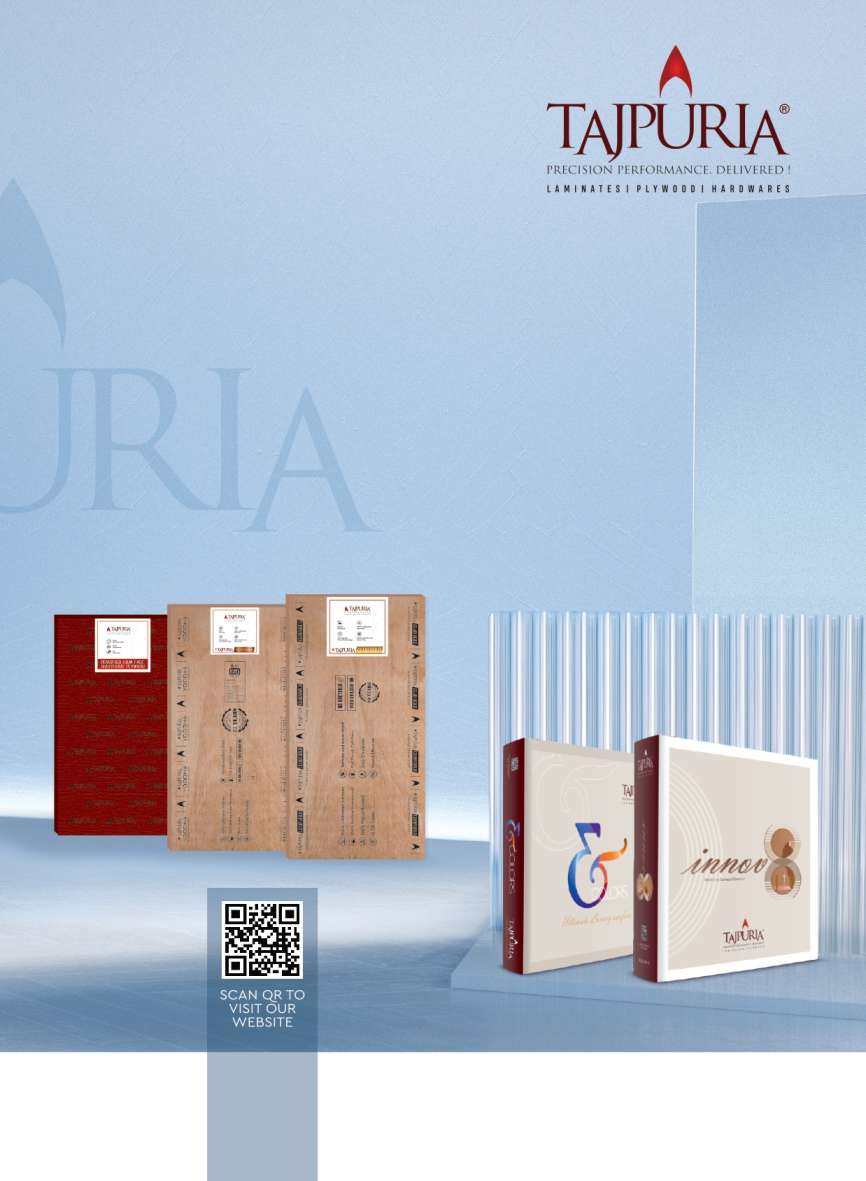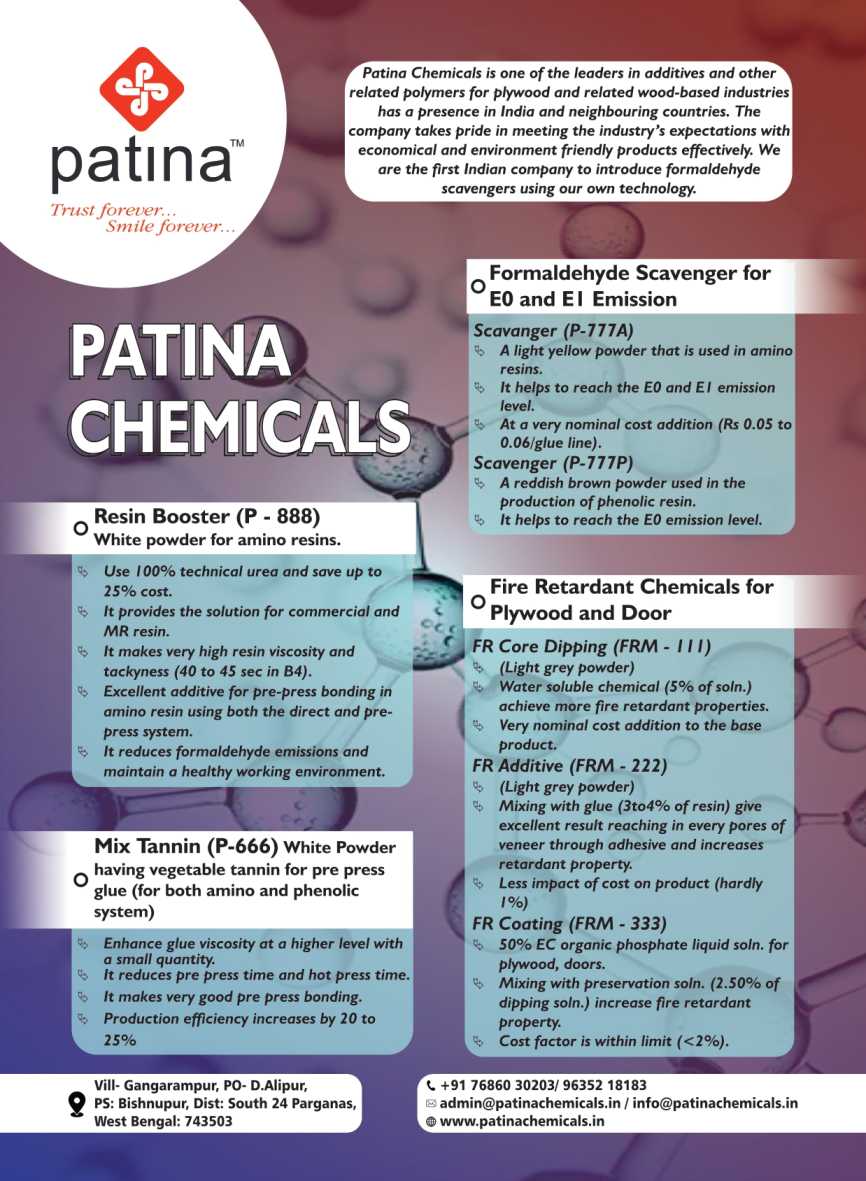
Sync between GST Collection and Consumption Expenditure
- July 13, 2024
- 0
Last financial year, net goods and services tax (GST) collections (gross collections minus refunds) surged 13.4 per cent, outpacing the 9.6 per cent growth in nominal gross domestic product (GDP). This financial year has also started strong, with the gross April mop-up soaring to record `2.1 trillion, the highest monthly haul since the levy was introduced in July 2017.
GST is a consumption-based tax, accruing to the state where goods are consumed, as opposed to where they are produced. So, state-level GST data can indicate sub-national private consumption trends.
While private consumption is the biggest driver of demand in the Indian economy, the lack of high-frequency data on it makes monitoring a challenge. Interestingly, despite strong GST collection in FY2024, the National Statistical Office’s estimates show private consumption growth has trailed GDP growth.
This divergence could be because, in addition to consumption, formalisation and improved compliance are playing an important role in shaping GST collections. The number of registered GST taxpayers reached 15 million as of April 30, 2024, more than twice the 7 million in 2017. Compliance has improved as well. For instance, recently, evasions of more than `44,000 crore were detected between May 2023 and January 2024 under a government drive to crack down on non-existed registrations and fake invoices.
GST collections move quite in sync with private final consumption expenditure. The goods and services covered under the GST ambit represent 67 per cent of the all-India private final consumption expenditure. These characteristics suggest aggregate GST could offer surrogate signals on the broad direction of private consumption, even though it is difficult to separate the impact of compliance improvement and formalisation.
Importantly, GST data also allows assessment of consumption nuances at the state level, which is useful because private consumption data is only available at the national level. Therefore, timely availability of insights on consumption using GST data, both at the national level and across states, can benefit policymakers and the corporate sector.
We find a strong positive correlation between per capita GST collections and per capita incomes across states, indicating richer states have higher propensity to consume.
The relationship between the share of urban population and per capita GST collections among states is also positive, implying urbanisation propels private consumption. That said, better GST compliance in urban areas could also be a contributory factor.
Without a doubt, GST has been a fundamental tax reform engendering multiple benefits in addition to buoyancy in tax collection. For instance, it has reduced the cascading impact of taxes, facilitated the move towards a common market and improving efficiencies in logistics/transition. With improving compliance, formalisation and GST coverage, not only will the benefits increase, but the tax will also become a more useful indicator of economic activity.
Hence, over time, GST data can become a more real-time measure of consumption expenditure and other data-led insights into the economy at both national and state levels.
👇 Please Note 👇
Thank you for reading our article!
If you don’t received industries updates, News & our daily articles
please Whatsapp your Wapp No. or V Card on 8278298592, your number will be added in our broadcasting list.


































































